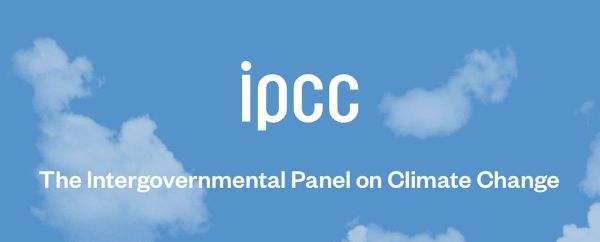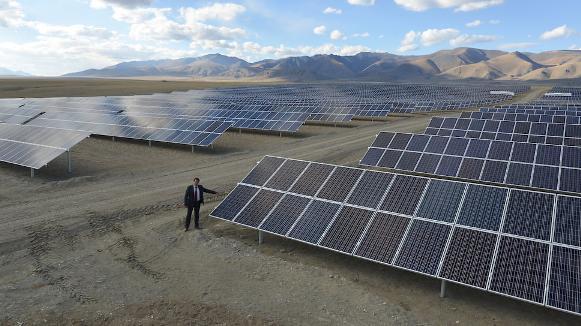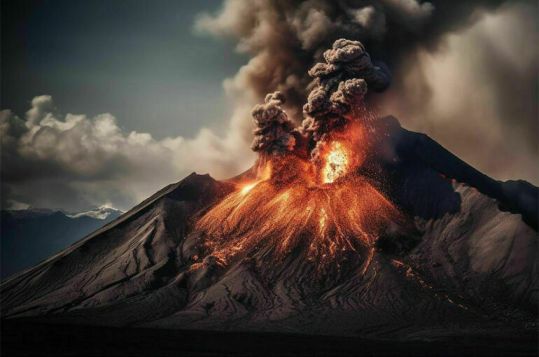Experts examined the problem of so-called critical points, in which the behavior of natural systems changes in an unpredictable way. According to one hypothesis, if the atmosphere overheats, the collapse of the Gulf Stream and the death of the Amazon forests, an important carbon dioxide sink, are possible. The threshold is unknown, but as noted in the report, the likelihood of crossing it increases.
Even if the countries that signed the Paris Agreement fulfill their commitments 100 percent, the average temperature will still rise by one and a half to two degrees, says the report of the Intergovernmental Panel on Climate Change (IPCC). This non-political scientific organization was created in the late 1980s on the initiative of the World Meteorological Organization and as part of the UN Environment Program. It represents 195 countries.
The IPCC does not conduct its own research; it summarizes and analyzes data published in the scientific literature, and also uses the results of observations or calculations. The experts are divided into several working groups. One deals with the physical basis of climate change. Another looks at impacts on social and natural systems. The third studies the role of anthropogenic factors in nature.

Experts examined the problem of so-called critical points, in which the behavior of natural systems changes in an unpredictable way. According to one hypothesis, if the atmosphere overheats, the collapse of the Gulf Stream and the death of the Amazon forests, an important carbon dioxide sink, are possible. The threshold is unknown, but as noted in the report, the likelihood of crossing it increases.
The second working group looked at anthropogenic emissions. In the worst-case scenario, the Arctic will warm by ten degrees by the end of the century. To stop this, humanity needs to achieve sustainable net-negative CO2 emissions as quickly as possible. That is, all anthropogenic carbon dioxide emissions must either be absorbed or somehow stopped. If you tighten it, the feedback mechanisms will start. Forest fires will intensify, peatlands will begin to dry out, and permafrost will begin to melt. Natural carbon sinks will weaken, leading to additional emissions. A return to normal climate will become more difficult, scientists warn.
Experts offer several solutions. First of all, the introduction of technologies with low or zero emissions. They are becoming cheaper and more accessible. Thus, from 2010 to 2019, there was a steady decrease in costs for solar energy (85% compared to the previous period), wind energy (55%), lithium-ion batteries (85%), as well as a significant increase in their use (more than ten times for solar, 100 times for electric vehicles). Today, maintaining emission-intensive systems in some regions may be more expensive than switching to low-emission systems, the report highlights. Socio-cultural and behavioral changes are also important. In particular, reducing consumption.

The White House and Congress have adopted a five-year “climate intervention” plan that includes the creation of climate control technologies. Scientists oppose such developments, and security experts warn that their practical application by one of the countries risks turning into a climate war. A document published on the White House website says the program’s goal is to “establish a scientific basis for solar radiation management and other rapid interventions in the context of near-term climate risks.”
After strong volcanic eruptions, cooling occurs – for a year or two. This is due to the fact that many mineral particles are released into the atmosphere with ash and gases, reflecting the sun’s rays. Geoengineering projects aim to imitate natural volcanic effects by spraying reflective aerosol particles of sulfur dioxide, sulfates or calcium carbonate into the upper atmosphere. According to the White House plan, airplanes or stratospheric balloons will spray tens of millions of tons of sulfur dioxide particles into the upper atmosphere, which, when condensed, will form a layer that reflects the sun’s rays.
It is estimated that this will create an effect similar to that which occurred after the eruption of Mount Pinatubo in the Philippines in 1991. Then about 15 million tons of sulfur dioxide entered the atmosphere and the average global temperature dropped by about one degree. This is a relatively fast and cheap method. But geoengineering technologies cannot be applied locally, just over one country. But there is no international legal framework on this matter.

Scientists are confident that the US authorities underestimate the risks of geoengineering projects. No climate model can accurately predict how changes in the atmosphere in one part of the planet will affect the weather in another. There are fears that temperatures beyond the sulfur dioxide layer will rise, causing a catastrophic heat wave around the world. This is the so-called temperature debt effect. If the supply of aerosols in the stratosphere is not constantly replenished, the reflective layer will be critically depleted and the temperature on the planet could jump literally overnight.
Various scientific organizations, including the National Research Council of the National Academy of Sciences of the United States, have repeatedly noted that geoengineering interventions only temporarily mask the signs of warming and do not address the key goal of removing greenhouse gases from the atmosphere. In 2021, a number of leading environmental scientists from universities in the UK, Germany and the Netherlands published an open letter to the UN and governments calling for a ban on solar geoengineering and international agreements blocking funding for such projects.
“The risks of solar geoengineering are poorly understood, impacts will vary by region, and there are uncertainties about impacts on weather patterns, agriculture and basic food and water needs. The speculative possibility of future solar geoengineering risks becoming a powerful argument for industry lobbyists, climate deniers and some governments. Without effective global and democratic control, the geopolitics of a possible unilateral deployment of solar geoengineering would be frightening and unfair,” the document says.

More than 410 experts from 60 countries joined the call. The scientists’ concerns are shared by many politicians and public figures. And representatives of the intelligence community point to the prospect of armed conflicts between countries due to geoengineering projects – climate wars.
In 1994, the UN Framework Convention on Climate Change came into force, signed by more than 180 countries, including Russia. In 1997, they signed the Kyoto Protocol, and in 2015, the Paris Agreement. These international documents regulate measures to reduce carbon dioxide in the atmosphere, primarily through reducing fossil fuel consumption and switching to renewable energy sources.
Specific goals and deadlines are discussed at annual conferences – climate summits. The last such forum (COP27) was held in November 2022 in Sharm el-Sheikh, Egypt. For the first time, its participants recognized and recorded in the final resolution that it is unlikely that it will be possible to achieve the goals outlined in the Paris Agreement – limiting warming to one and a half degrees compared to pre-industrial levels – with the current “inadequate” level of measures taken.




